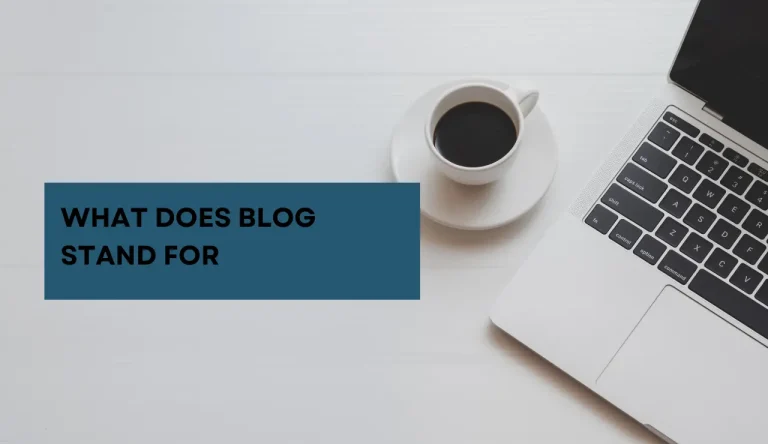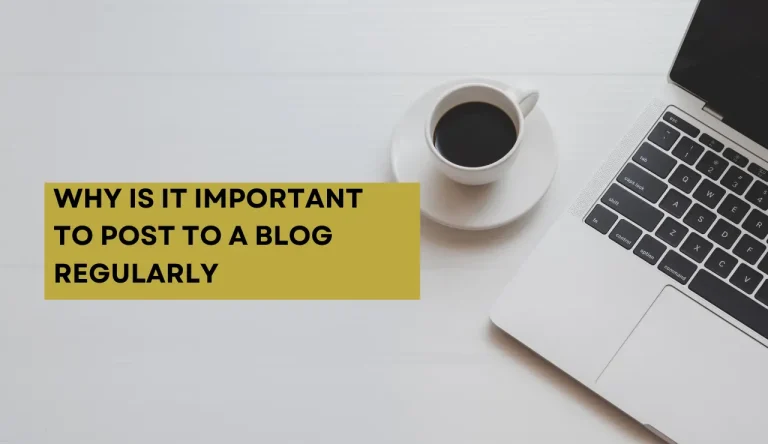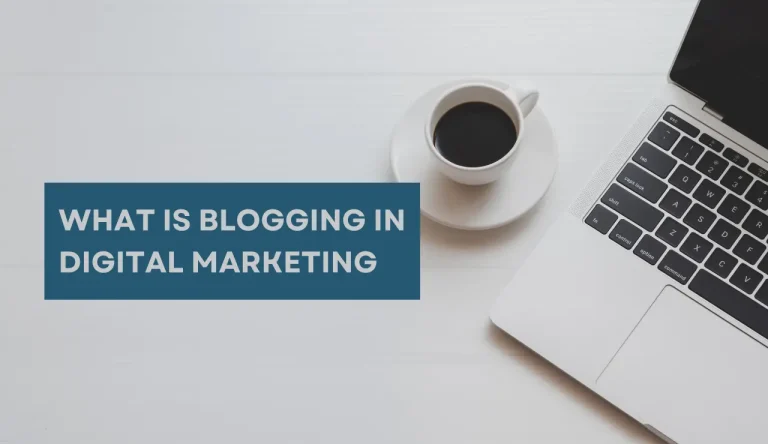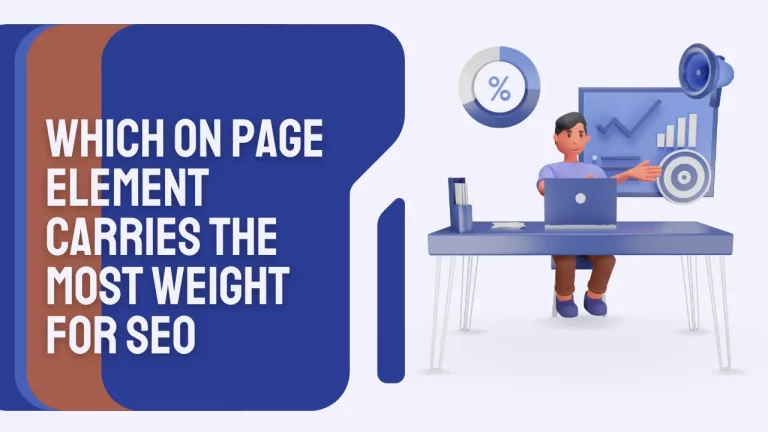What Is The Difference Between Blog And Vlog
Are you confused about the difference between a blog and a vlog? Well, wonder no more, because we’re here to clear things up for you! In this article, we’ll dive deep into the world of online content creation and explore the unique characteristics that set blogs and vlogs apart.
First things first, let’s talk definitions. A blog, short for ‘weblog,’ is an online platform where individuals or businesses can share written content in the form of articles or posts. It’s like having your own personal diary or magazine that you can update regularly with new information or stories.
On the other hand, a vlog, which stands for ‘video blog,’ is all about sharing your thoughts, experiences, or expertise through video content. Think of it as your very own TV show on the internet! Instead of writing paragraphs upon paragraphs, you use videos to engage with your audience.
But it doesn’t stop there! We’ll also explore how these two mediums differ in terms of format, presentation style, engagement opportunities, required skills and equipment.
So buckle up and get ready to discover what sets blogs and vlogs apart – and maybe even find out which one suits you best!
Key Takeaways
- Blogs are written platforms while vlogs are video-based platforms.
- Blogs rely on SEO techniques for higher search engine rankings, while vlogs measure engagement through likes, shares, and subscriptions.
- Blogs foster a sense of community through comments and discussions, while vlogs engage and connect with the audience through visuals and storytelling techniques.
- Vlogs can be monetized through brand partnerships and ad revenue, while blogs provide an avenue for expressing oneself through writing and seeking advice.
Definition and Purpose of a Blog

Do you ever feel like your thoughts and experiences are bursting to be shared with the world? Well, starting a blog is the perfect way for you to express yourself and connect with others who share your passions.
Blogs come in all shapes and sizes, covering a wide range of topics or niches. Whether it’s fashion, travel, cooking, or personal development, there is a blog out there for everyone.
One important aspect of blogging is SEO (Search Engine Optimization), which helps your blog rank higher in search engine results and reach more readers. By understanding SEO techniques such as keyword research and optimizing your content, you can attract more visitors to your blog and increase its visibility online.
Now that we’ve discussed blogs in detail, let’s move on to exploring the definition and purpose of vlogs.
Read Also: What Is Meant By Micro Blogging
Definition and Purpose of a Vlog

Explore the captivating world of vlogging and uncover how this dynamic medium allows you to creatively share your experiences through video. With its rising popularity, vlogging has become a powerful tool for self-expression and storytelling.
Here are three compelling reasons why you should consider starting your own vlog:
- Vlog Editing Techniques: Learn how to edit your videos in a way that enhances the storytelling and captivates your audience. From adding music to incorporating special effects, mastering these techniques will take your vlogs to the next level.
- Vlog Monetization Strategies: Discover various methods to monetize your vlogs and turn your passion into a lucrative career. Whether it’s through brand partnerships, sponsored content, or ad revenue, there are numerous opportunities to earn income from your vlogs.
- Format and Presentation: As we delve into the format and presentation of vlogs, you’ll gain valuable insights on how to structure your videos effectively and engage viewers from start to finish.
Now let’s transition into exploring the format and presentation of vlogs without skipping a beat.
Format and Presentation
Immerse yourself in the world of vlogging as you discover the artistry behind formatting and presenting your videos, captivating viewers with every frame.
One of the key aspects that sets vlogs apart from traditional blogs is their visual appeal. Vlogs rely heavily on visuals to engage and connect with their audience. From camera angles to editing techniques, vloggers use a range of storytelling techniques to create an immersive experience for their viewers.
The format of a vlog allows for a more dynamic presentation compared to a blog post. Vloggers have the freedom to incorporate music, sound effects, and even animations to enhance their storytelling. This creative freedom enables them to convey emotions and messages in a way that written words simply cannot.
Transitioning into the next section about ‘engagement and interaction’, it’s important for vloggers to not only focus on creating visually appealing content but also on fostering engagement with their audience.
Engagement and Interaction
When it comes to engagement and interaction, blogs are all about fostering a sense of community. With the ability to leave comments and engage in discussions, blogs provide a platform for readers to share their thoughts and opinions.
On the other hand, vlogs thrive on likes, shares, and subscriptions, as these actions serve as indicators of popularity and success. While both mediums offer different avenues for engagement, blogs have the advantage of cultivating a dedicated community of readers and commenters who actively participate in the content’s discussion.
So whether you prefer leaving comments or hitting that subscribe button, both blogs and vlogs offer unique ways to interact with creators and fellow enthusiasts alike.
Blogs Allow for Comments and Discussion
Engage with your audience by allowing comments and fostering discussion on your blog. This is one of the key differences between blogging and vlogging. By enabling comments, you create a space for interaction and dialogue with your readers.
Here are three reasons why comments on blogs are valuable:
- Comments vs. Feedback: Unlike vlogs where viewers can only provide feedback through likes or shares, blog comments allow for more detailed discussions and conversations. Readers can ask questions, share their opinions, and offer suggestions.
- Blogging vs. Vlogging: While vlogs focus more on visual content, blogs give you the opportunity to express yourself through writing. Comments provide an avenue for readers to engage directly with your words and ideas.
- Building a Community: Encouraging comments fosters a sense of community around your blog. It creates a space where like-minded individuals can connect, share experiences, and support each other.
By actively engaging with your audience through comments, you lay the groundwork for building a loyal following that is eager to continue interacting with you in future posts about how vlogs encourage likes, shares, and subscriptions without explicitly stating it.
Vlogs Encourage Likes, Shares, and Subscriptions
To really capture the attention of your viewers, vlogs are all about getting those likes, shares, and subscriptions. Vlogs have a strong presence on social media platforms like YouTube, where engagement is measured by these metrics. Likes indicate that viewers enjoyed your content, while shares help spread it to a wider audience. Subscriptions are crucial because they demonstrate that people want to see more of your videos in the future.
Take a look at this table to understand the importance of likes, shares, and subscriptions in vlogging:
| Metric | Importance |
|---|---|
| Likes | Reflects viewer satisfaction and enjoyment |
| Shares | Helps expand your reach and attract new viewers |
| Subscriptions | Indicates long-term interest in your content and builds a loyal fanbase |
Likes, shares, and subscriptions are key factors for success as a vlogger. However, blogs can also foster a sense of community among readers and commenters without relying solely on these metrics to measure engagement.
Blogs can have a Community of Readers and Commenters

Blogs, on the other hand, foster a sense of community among readers and commenters, creating a space for meaningful interactions and discussions. Unlike vlogs where engagement is measured through likes and shares, blogs encourage community participation and reader feedback.
Readers can leave comments on blog posts, sharing their thoughts, opinions, and even personal experiences related to the topic at hand. This creates an environment where readers can connect with each other and engage in conversations that go beyond just the content of the blog post itself.
Furthermore, blogs often have dedicated sections for readers to ask questions or seek advice from the blogger or fellow readers. This allows for an exchange of knowledge and experiences within the community. Additionally, bloggers can respond directly to comments, further encouraging conversation and building relationships with their audience.
Moving forward into the section about ‘skills and equipment,’ it’s important to understand how these aspects play a role in both blogging and vlogging.
Skills and Equipment
If you want to start vlogging, all you really need is a camera and some basic editing skills. Unlike blogging, which mainly requires writing skills and a computer, vlogging involves capturing videos and sharing them online.
Here are the essential skills and equipment you’ll need:
- Camera: Invest in a good quality camera that can record high-resolution videos.
- Microphone: Ensure clear audio by using an external microphone or a camera with good built-in audio capabilities.
- Lighting: To enhance the video quality, use proper lighting techniques or invest in affordable lighting equipment.
- Editing Software: Learn basic editing skills using software like Adobe Premiere Pro or Final Cut Pro to trim, add effects, and enhance your videos.
With these few items and some practice, you can create engaging vlogs that capture your audience’s attention and convey your message effectively. So grab your camera and get ready to showcase your vlogging skills!
Frequently Asked Questions
Conclusion
So, now you know the key differences between a blog and a vlog!
Blogs are written platforms where individuals can express their thoughts and ideas through text, while vlogs involve creating videos to communicate with an audience.
They have different formats, presentations, levels of engagement, and require various skills and equipment.
Whether you prefer writing or being in front of the camera, both mediums offer unique ways to share your creativity and connect with others.
So go ahead, start blogging or vlogging – the choice is yours!






